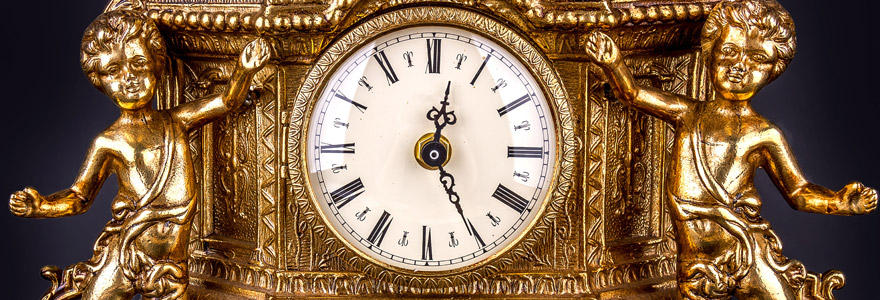
Antique clocks are, for the most part, an interest for very few people, but a large following is getting into the game. As more and more join, the rules and lines are getting blurry. Information on real and fake is hard to come by, and many are losing to the fake world. This page offers some information. Below I shall discuss how to know and inspect a clock to verify it is antique or just a regular wall clock.
Historical Price and Ownership
The prices of other similar clocks sold in the past could relate to the price of the vintage clocks at this time. As more are sold as antique mantel clocks or others, most likely, the same applies to the clock. Knowing the value also adds to this fact. As the value of the clock rises, the demand will also be higher. Auctions and sales are an excellent place to find these clocks and find information on value and how to find the best clocks.
If previous owners were also of a high ranking and historical importance or celebrities, then the clock is also probably antique. It may have been passed down or acquired for some specific purpose. Proving this is good as hearsay may be misleading. Previous ownership could tell much about the clock, and the higher the family value, the higher the clock would be worth.
Authenticity Desirability and Rarity
Is the clock authentic and not a remake or a mass-produced similar-looking clock. It is an original that increases the desirability and could prove the authenticity of the antique clock. This can show how rare the clock is and add to its value. The seller's guarantee on shipping and insurance shows how much value it has. Transport is an integral part of ensuring it is also undamaged and arrives safely.
The harder it is to find a specific clock and make it shows how antique it is. More and more antique wall clocks are not going up for sale or are preowned that finding one that works and is for sale is harder to find. A specific maker also could prove how antique it could be. Some clocks were produced so few or very long ago that only five exist, or only a couple were ever made.
Checking the clock in person could tell more about the clock than pictures. Most non-visible issues may be inside or hidden out of the picture. Ensuring that it is of the same measure as manufactured and not watered down to fit or polished to match an old appearance.
Condition and Restoration
The health of the clock is an essential aspect of verifying whether it is antique or not. The parts inside the clock should be the same as the manufacturer and not replacements. The color and polish, including the time hands and any engravings in the clock. It is not expected to be new as that will negate the antiqueness of the vintage wall clock. Aging gracefully is what is expected. The better the condition of the vintage wall clocks, the higher the value can be.
An unrestored working clock is more desirable and a testament to the value and age of antique clocks. Restoration can vastly reduce the price, and too much restoration can remove the originality of the clock. Masters of restoration can help repair a clock, but very few experts are qualified for the job.
The physical attributes of the clock and how well it has been polished without many dents and chips tell how well it has been taken care of. The antique clock's appearance also matters. Items in poor condition will have lower resale value in the future.
Manufacturing and Mechanism
The clock manufacturer could also show if it is a vintage clock or not. Most manufacturers that made the clocks in the early 1900s would be considered antique. Some clocks may exist today but are harder to find. They could also do restoration work but at high costs. The time the clock was made could be engraved in the clock and the maker, too, as some were handmade.
Knowing the types of mechanisms and the year they were actually introduced could tell the clock's age. The materials used are also of importance. The first clocks had wood, and metal was introduced later on. Knowing this could show how antique the clock is. The movement within the vintage clock should not be slow and non-methodical as this means the parts have either been replaced or not well maintained.
The rich dominate the world of antiques, but getting quality clocks at fair prices is not hard. Knowing sellers and auction events could help find specific clocks and something to afford. Arriving on one that is pocket-friendly could take some time too.